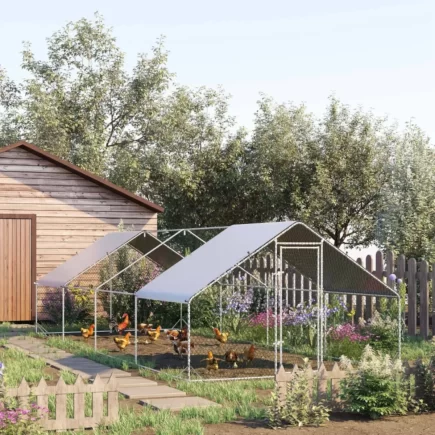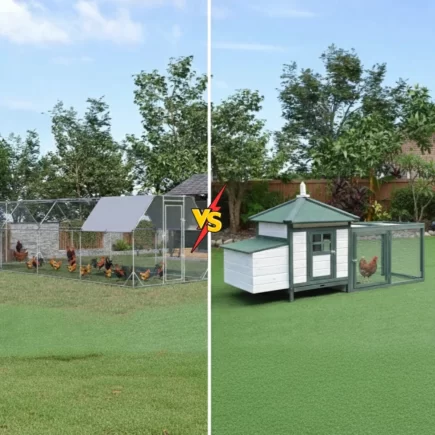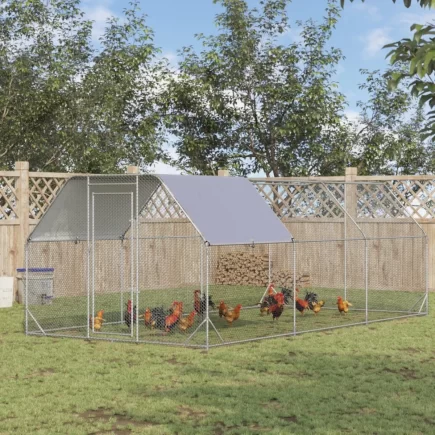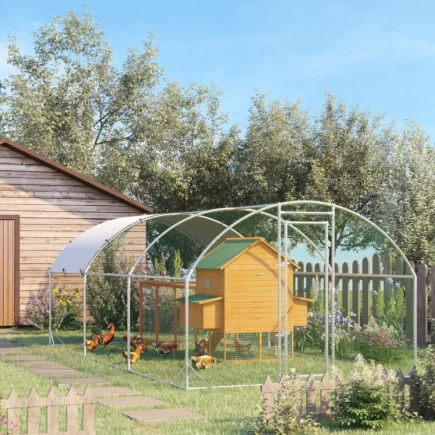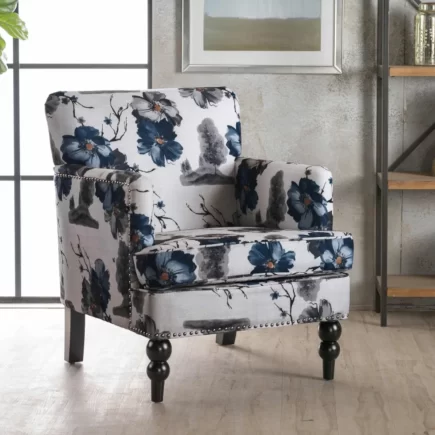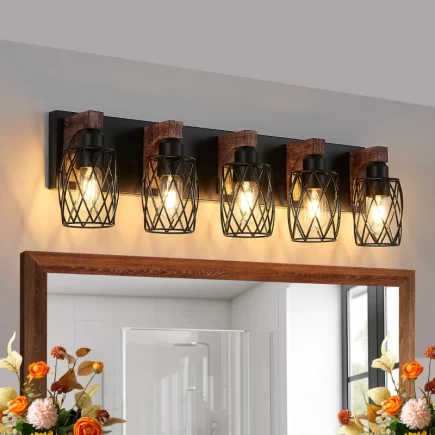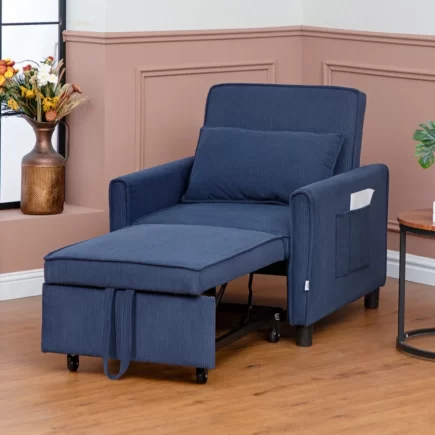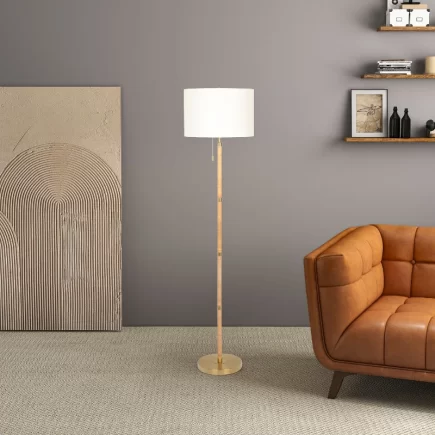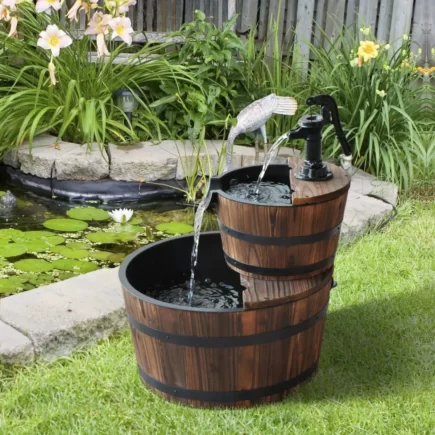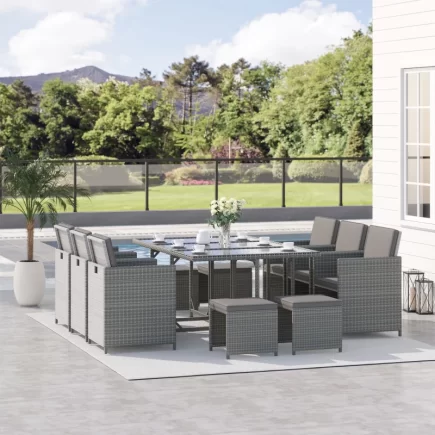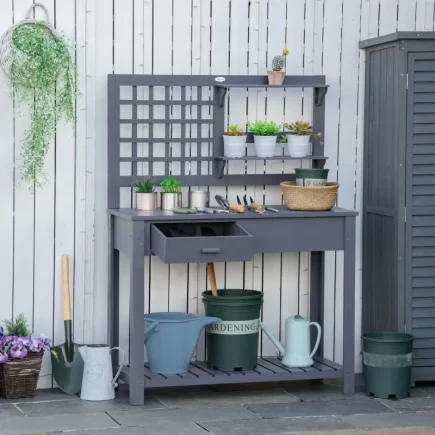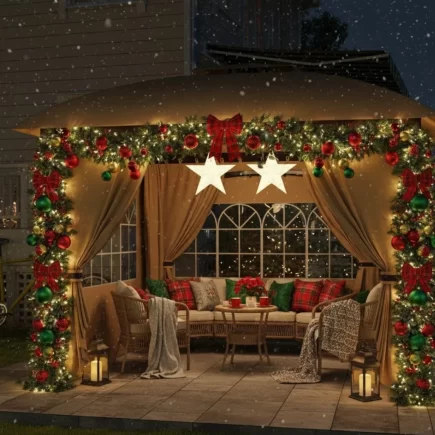Outdoor rugs are the perfect addition to patios, decks, and gardens. They not only elevate the aesthetic appeal of your outdoor spaces but also add a layer of comfort underfoot. However, one common problem that many homeowners face is their outdoor rugs blowing away in the wind. This issue can be frustrating, especially when you’re trying to create a relaxing, stylish outdoor retreat. Fortunately, there are several effective methods for securing your outdoor rug and keeping it firmly in place.

In this article, we will explore the reasons why outdoor rugs blow away to prevent this problem, and provide a range of practical solutions. Whether you’re dealing with a windy area or just want to ensure that your rug stays put, these methods will help you maintain the beauty and functionality of your outdoor rug year-round.
Best Methods That Actually Work
1. Choose the Right Rug for Wind-Prone Areas
The first step in preventing your rug from blowing away is choosing the right material and type of rug. Not all outdoor rugs are created equal, and some are better suited for high-wind areas than others.
Best Materials for Windy Locations
- Polypropylene
This material is not only resistant to mold and mildew, but it’s also durable and heavy enough to withstand the wind. Polypropylene rugs are excellent for areas that experience frequent gusts.
- Polyester
Known for its ability to retain color, polyester rugs are also resistant to UV rays and water. They’re lightweight but can often feature designs or constructions that prevent them from blowing away.
- Rubber
Many outdoor rugs come with rubber backing, which not only helps to keep the rug in place but also protects against slipping. Rubber rugs are ideal for places with high winds and foot traffic.

Pick Rugs with Built-in Weight or Non-Slip Backing
Rugs with built-in weight or non-slip backings help keep them grounded, even during windy weather. Non-slip backings add traction to prevent the rug from sliding, while weighted rugs add extra heft that makes it harder for the wind to lift them. When choosing a rug for an outdoor space prone to wind, these features are essential.
2. Match Your Rug to the Right Surface (Concrete, Deck, Grass)
It’s crucial to match your outdoor rug with the right surface. The type of surface you’re placing the rug on will directly impact how effective your anchoring method will be.
Why Surface Compatibility Matters
Different outdoor surfaces interact differently with rugs. For instance:
- Concrete and Stone: These are smooth and provide limited grip, making it harder for a rug to stay put without additional anchoring methods.
- Decks and Wood: Wooden surfaces can sometimes be slippery, but with the right rug pad or non-slip backing, you can keep the rug secure.
- Grass or Soil: Grass provides more friction but is still vulnerable to wind, and soil can be tricky as moisture can affect the rug’s durability over time.
Tailored Anchoring Techniques per Surface Type
- Concrete and Tile: Use a rug pad with grip or apply outdoor carpet tape to prevent slipping.
- Wood Decks: A rug with non-slip backing and a suction rug pad will provide enough traction.
- Grass: Ground stakes or grommets can help keep the rug from moving.
4. Place Heavy Furniture on the Rug
One of the easiest and most cost-effective ways to keep your rug from blowing away is to place heavy furniture on top of it. This method doesn’t require any additional equipment or materials, and it serves a dual purpose.
Easy, No-Cost Anchoring Method
By strategically placing items such as chairs, tables, or even large planters, you can weigh down your rug. This ensures that the wind won’t be able to lift it and disrupt your outdoor setup.
Works Well with Dining Sets, Planters, and Benches
- Dining Sets: If you have an outdoor dining table and chairs, the weight of the furniture will keep your rug in place.
- Planters: Large planters filled with soil also provide enough weight to prevent your rug from shifting.
- Benches: Placing a heavy bench or other seating options on top of the rug can also help stabilize it.
5. Use a Rug Pad with Grip or Suction Cups
For rugs placed on smooth surfaces like stone, tile, or wood, using a rug pad with grip or suction cups is an excellent solution.

Ideal for Smooth Surfaces
Rug pads with grip or suction cups prevent the rug from slipping and moving, even when the wind picks up. These pads are especially useful for outdoor areas where there is little natural friction to keep the rug in place.
Adds Grip and Protects Delicate Surfaces
In addition to preventing your rug from blowing away, a rug pad will also protect your outdoor surfaces from damage. It acts as a cushion, absorbing impact and reducing wear on both the rug and the underlying surface.
6. Apply Double-Sided Outdoor Carpet Tape or Velcro Strips
For a budget-friendly and highly effective solution, try using double-sided outdoor carpet tape or Velcro strips. These options are perfect for patios, decks, and porches, where you need a discreet, easy-to-install anchoring method.
Budget-Friendly and Highly Effective
Double-sided outdoor carpet tape is designed for use in outdoor settings and can withstand various weather conditions. Simply place the tape on the underside of the rug, press it into place, and it will hold the rug securely.

Great for Patios, Decks, and Porches
- Outdoor Carpet Tape: Perfect for surfaces like concrete, stone, and wood.
- Velcro Strips: Ideal for rugs that you may need to move or adjust from time to time.
7. Add Weighted Edges or Corner Weights
If you prefer a DIY solution, adding weighted edges or corner weights to your rug can significantly enhance its stability without compromising its style.

DIY Edge Weights with PVC, Rocks, or Sandbags
You can create your own weighted edges using materials like PVC pipes filled with sand or rocks. Simply sew or attach the weighted materials to the rug’s edges. This method adds bulk to the rug, making it harder for the wind to move.
Adds Stability Without Sacrificing Style
Weighted edges or corner weights are an unobtrusive way to keep your rug grounded. The materials can be hidden inside the rug’s seams, so they don’t detract from the rug’s overall appearance.
8. Install Rug Grippers or Adhesive Anchors
Rug grippers and adhesive anchors are another great solution, especially for small to medium rugs in wind-prone areas. These products are easy to install and remove, making them ideal for renters or anyone who needs a temporary solution.
Peel-and-Stick Rug Grippers
Rug grippers are simple to use, just peel off the backing and stick them to the corners of your rug. They’re effective on smooth surfaces like tile, wood, and stone.
Best for Small to Medium Rugs
This method works best for rugs that don’t cover large areas. They’re also ideal for homes with frequent wind gusts, like those near beaches or on high-rise balconies.
9. Secure Rugs with Grommets and Ground Stakes (for Grass or Soil)
For those who enjoy outdoor activities like picnics or have a lawn setup, securing rugs with grommets and ground stakes is an excellent solution. This method is perfect for grass or soil surfaces.

Perfect for Lawns, Camping, and Picnics
You can install grommets along the edges of your rug and then secure them to the ground using stakes. This will hold the rug firmly in place, even during strong winds.
Step-by-Step on Adding Grommets
- Use a grommet kit to install metal grommets in the rug’s corners.
- Attach ground stakes to the grommets.
- Press the stakes into the ground to secure the rug.
10. Use Bungee Cords, Rope, or Zip Ties for Extra Hold
For additional hold, try using bungee cords, rope, or zip ties to anchor your rug. This flexible method can be customized to suit your outdoor space.
Best for Rugs Near Railings or Posts
If your rug is near a railing or post, you can attach the bungee cords or zip ties to the rug’s corners and secure them to the railing or post.
Flexible Anchoring for Custom Setups
This method allows you to create a more permanent or temporary anchoring solution based on your preferences and the available setup.
11. Try Outdoor Rug Clips or Anchors
Outdoor rug clips or anchors are another practical solution for securing rugs, especially on patios or decks. These clips attach to the edges of the rug or the deck itself and hold the rug in place.
Clips That Attach to Deck Edges or Rug Corners
Outdoor rug clips are easy to install and remove, making them a versatile solution for any outdoor space.
Damage-Free, Easy to Install and Remove
These clips won’t cause any damage to your rug or deck, and they can be taken off when you need to clean the rug or move it to another location.
12. Add Windbreaks to Reduce Exposure
A simple yet effective way to prevent your rug from blowing away is to add windbreaks around your outdoor area. These can be fences, screens, or plants that block the wind and reduce exposure.
Use Fences, Screens, or Plants to Block Gusts
- Fences: These are ideal for providing a barrier against strong winds, especially in open areas.
- Screens: Decorative outdoor screens can also be used to create a windbreak, adding both function and style to your space.
- Plants: Large shrubs or trees can also serve as a natural windbreak, softening the wind’s impact on your rug.
Helpful Design Tip for Long-Term Control
In addition to protecting your rug, windbreaks can also enhance the privacy and aesthetic of your outdoor space. Consider placing them strategically around your rug to create a more sheltered and comfortable environment.
Securing your outdoor rug from blowing away doesn’t have to be a challenge. With the right methods, you can keep your rug firmly in place while maintaining the beauty and functionality of your outdoor space. Whether you’re using a rug pad, placing heavy furniture, or installing rug grippers, these solutions will help ensure that your outdoor rug stays where it belongs, even in the windiest conditions. At Aosom, we offer a wide variety of Outdoor Rugs perfect for any space, so you can create a beautiful, wind-resistant retreat for your home.
FAQs
1. What should I do if my rug still moves despite using a rug pad?
If your rug continues to shift, consider adding extra weight with heavy furniture or using outdoor carpet tape. These methods help secure the rug even further, especially in windy areas. Additionally, check if the rug pad is properly fitted and replace it if it’s worn out.
2. Can I use an outdoor rug on a gravel surface?
Gravel can be tricky because it lacks smoothness, but you can secure the rug using ground stakes or grommets. These will anchor the rug into the gravel, preventing it from blowing away during gusts of wind.
3. What can I do if my rug keeps curling up at the edges?
If your rug is curling, try using corner weights or applying adhesive rug grippers to keep the edges flat. Another option is to place heavy items on the corners until the rug settles and flattens out.
4. What’s the best way to secure a rug on a balcony?
For balconies, you can use rug grippers or adhesive anchors to hold the rug in place. If the wind is strong, consider adding heavy furniture or attaching the rug to nearby railings with bungee cords or zip ties for extra security.
5. Can I leave my outdoor rug outside during a storm?
It’s not recommended to leave outdoor rugs outside during severe storms, as heavy winds can cause damage or make the rug blow away. If a storm is approaching, roll up the rug and store it in a dry place to prevent any harm.

